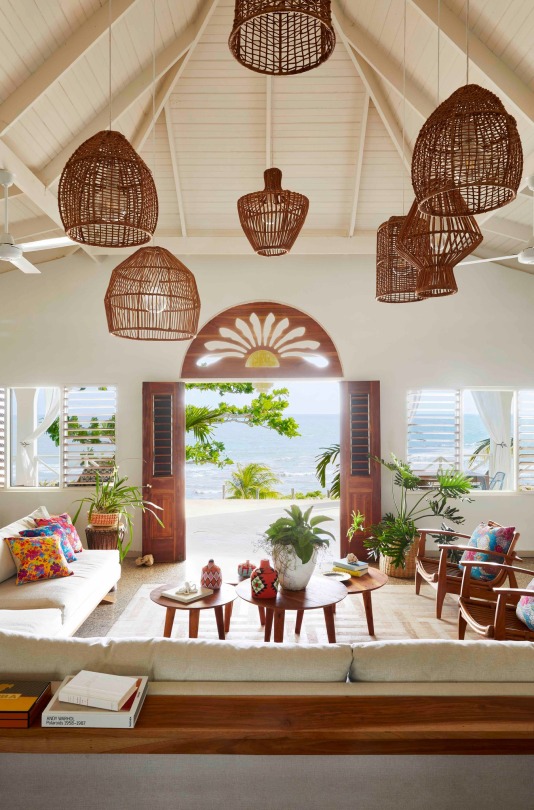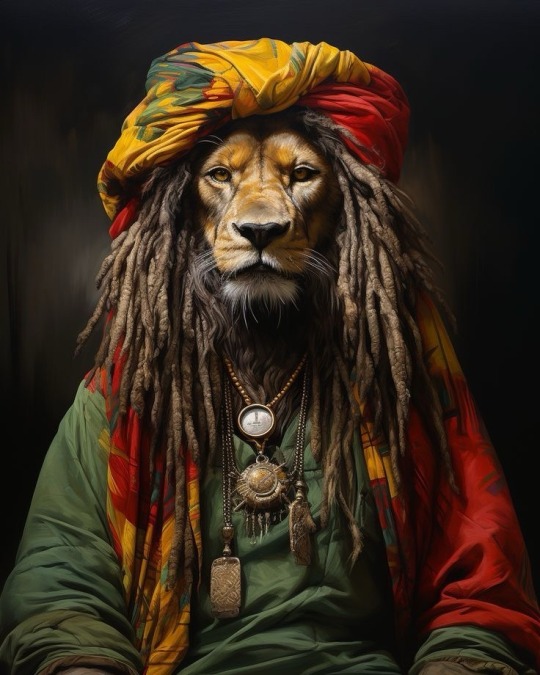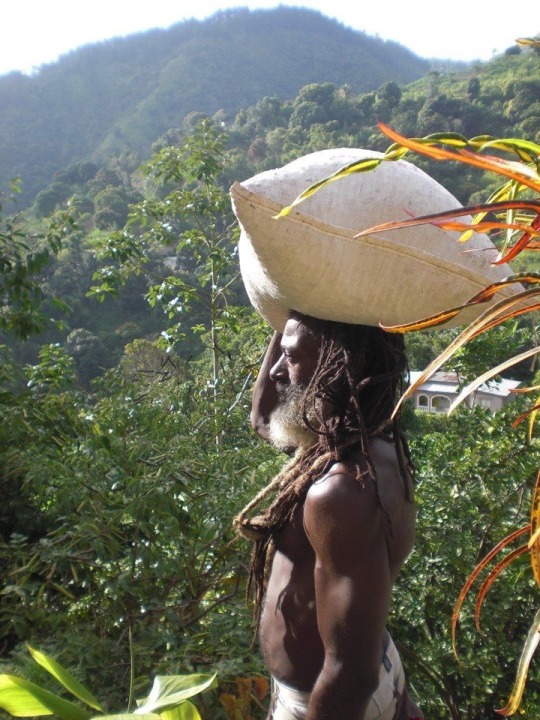Text

Tropical Garden I by Carlos Gamez De Francisco
347 notes
·
View notes
Text


Serenitea
10 x 14 Acrylic on watercolor paper
6K notes
·
View notes
Text

Good morning 🎄 Happy Saturday 😊
The Search for Jesus by Jamaican artist Marisa Willoughby-Holland 🇯🇲
23 notes
·
View notes
Text
youtube
The Jamaican Maroon Wars : Liberated Slaves vs British
from History Dose
32 notes
·
View notes
Photo

The Jamaican bobsled team after arriving in Calgary to train for the winter Olympics, January 1988.
180 notes
·
View notes
Text
"When I first went to Jamaica in 2012 as a graduate student studying the environmental politics of the Maroons, an Afro-Indigenous community who freed themselves from enslavement in the 18th century and established an autonomous society in the mountainous interior of the island, Chinese overseas development policy seemed irrelevant to my work. Yet as my field research progressed over the following eight years, first as a doctoral student in African diaspora studies and then as a post-doctoral researcher, the impact of Chinese infrastructural development and extractive industry on the Jamaican people and environment became increasingly apparent.
The timing of my field work overlapped with an unprecedented surge in Chinese economic and diplomatic engagement with Jamaica and the Caribbean as a whole.
(...)
It is beyond the scope of this article to detail the political economic dynamics and immense social impact of debt in Jamaica over the last 40 years.4 Suffice it to say that the island became a byword for structural adjustment during this period, with every new loan from the World Bank, or default on payments thereof, coming with International Monetary Fund-mandated austerity.
Health and education were notable casualties of this socio-economic assault. By the start of my field research, Jamaican child mortality had almost doubled over the span of a single decade while completion of primary school dropped from 97% to 73% in the same period. This despite the fact that Jamaica had already repaid more money than it had been lent, with continuing debt servicing accounting for a 106% debt-to-GDP ratio according to the latest World Bank figures.
All this is only a small snapshot of the catastrophic outcomes of debt wielded as a tool of neocolonialism.
With the island’s status as one of the most indebted countries on the planet, Chinese infrastructural development was received with fanfare from Jamaican elites, a possible economic lifeline out of the debt trap.
(...)
Jamaican elites may appreciate that they can pay back debts with land, and that China does not directly require broad policy changes like the structural adjustment conditions of IMF and World Bank loans.
However, even with the above and the fact that the Jamaican debt to China is small compared to that claimed by Western IFIs and private firms, Jamaican politicians are growing increasingly wary of the costs of doing business with China. In November 2019, Prime Minister Andrew Holness announced that Jamaica would no longer borrow from China, a scant seven months after formally joining the BRI.
As usual, most Jamaicans are not privy to the inter-governmental discussions and deals driving these decisions, but their government’s newfound reticence in engaging with China reflects deeper concerns among BRI partners that the initiative is a debt trap.
(...)
Almost two decades of Chinese loans and infrastructure-led development have left Jamaican workers and farmers as precarious and dispossessed as ever. The hard-fought and generational struggle for Jamaican workers’ power (trade unions were instrumental to Jamaica’s independence struggle) has been curtailed and rolled back by China’s transposed sovereignty.
Furthermore, Chinese mining interests appear poised to pick up where their Western counterparts left off in terms of irreversible ecological destruction and threats to indigenous survival. Certainly, Jamaica cannot bear another 50 years of capitalist exploitation and extractive industry.
If there is any hope in turning this dire situation into revolutionary momentum, it will be in Jamaicans making common cause with the Chinese laborers imported to the country. According to China Labor Watch, Chinese workers on overseas BRI projects are often subject to “deceptive job ads, passport retention, wage withholding, physical violence and lack of contracts” to the extent of constituting forced labor and human trafficking.
In fact, at least one Chinese worker in Jamaica has already blown the whistle on such conditions. Unfortunately, as of the time of writing this article, there appears to be no organized effort to make solidaristic alliances among Jamaican workers, Chinese workers, and Maroons. The Maroons are organized as an indigenous community seeking land and sovereign rights, rather than workers seeking class emancipation, and remain locked in a fractious political battle with the Jamaican state toward those ends.
Furthermore, the cultural and language barriers between Jamaicans and imported Chinese workers are significant. Yet both countries have rich revolutionary traditions. If Jamaican labor militancy and Maroon struggle were able to reconcile and align their interests, while cultivating strategic allies among the heavily exploited Chinese workers, a powerful relationship of international solidarity from below could be forged."
...
39 notes
·
View notes
Text


Miss Universe Jamaica 2023 National Costume
Founded in 1494 by the Spanish, Port Royal was once the largest, wealthiest city in the Caribbean and served as the premier hub for trade and commerce. The city is associated with descriptive stories of grandeur, pirates, treasures, excesses and debauchery and was destroyed by the great earthquake of 1692, where a large portion of the city sank into the Caribbean Sea and the remaining portion was consistently ravaged by successive earthquakes and hurricanes. Over the centuries, the residents of Port Royal have defied all odds, remaining resilient and steadfast, and continue to make Port Royal their home despite many challenges. In 1996, Port Royal was declared a Protected National Heritage Site by the Jamaica National Heritage Trust and is celebrated, among other aspects, as the only sunken city in the Western Hemisphere, with a well preserved heritage of Jamaica's rich architecture and artifacts relating to the colourful stories handed down through the ages; stories depicting the culture of a glorious bygone era. The sunken city also boasts a vivid profusion of marine life, which forms a part of its many breathtaking treasures and is mainly what the costume depicts and celebrates. So, as we currently battle with climate change and the onslaught of increased and severe natural disasters, it becomes increasingly more important to preserve and protect our national heritage and natural treasures to ensure that they remain with us for future generations to experience and enjoy. This is a call to the Universe, let's all start playing our part in protecting our resources, and let's begin today.
47 notes
·
View notes
Text

Treasure Beach, Jamaica | Coastal Living Magazine
36 notes
·
View notes
Text

Redemption Song, statue by Laura Facey in Emancipation Park, Kingston, Jamaica
40 notes
·
View notes






